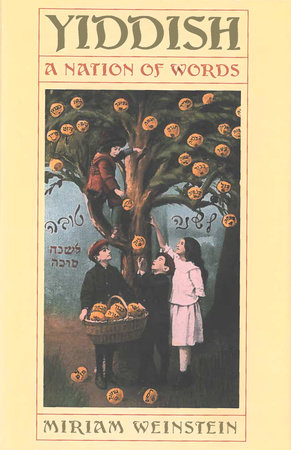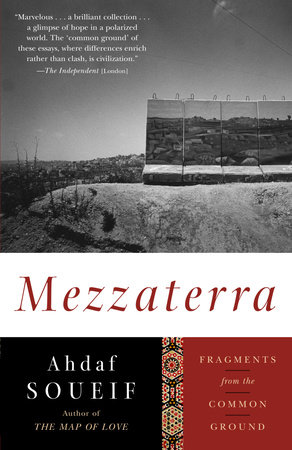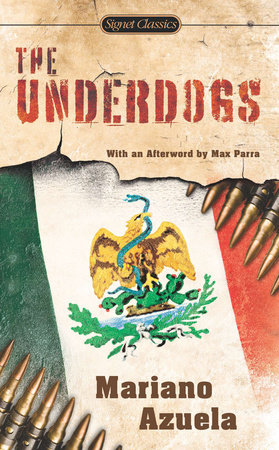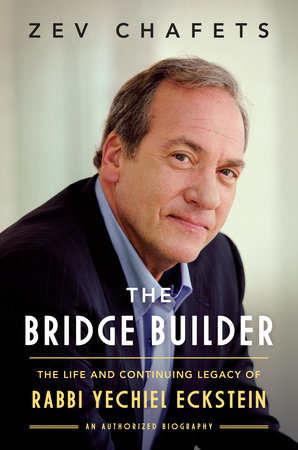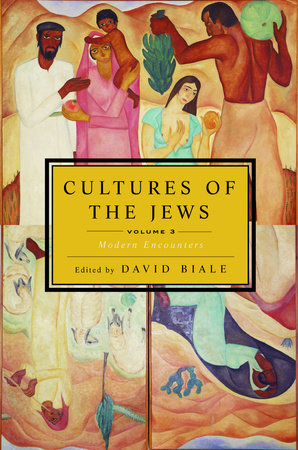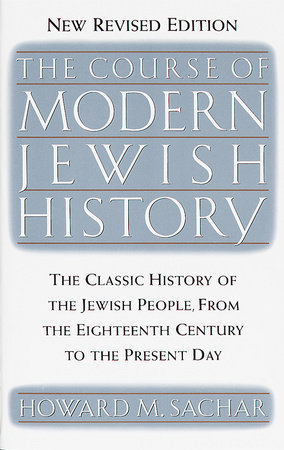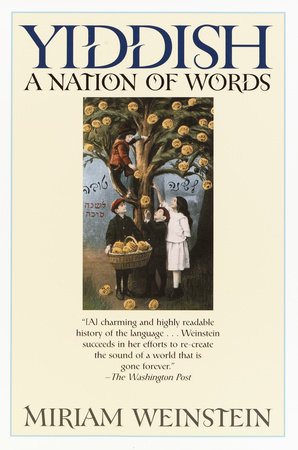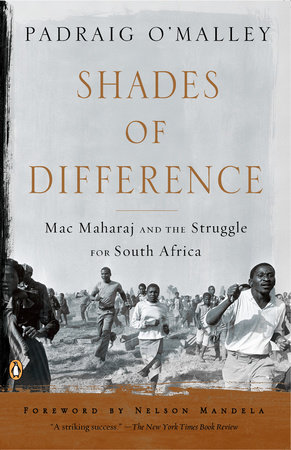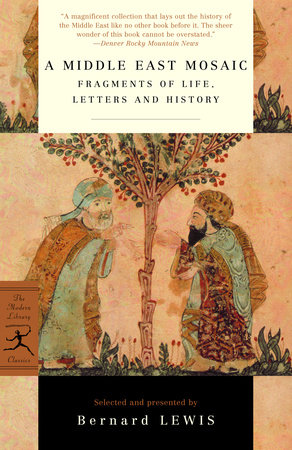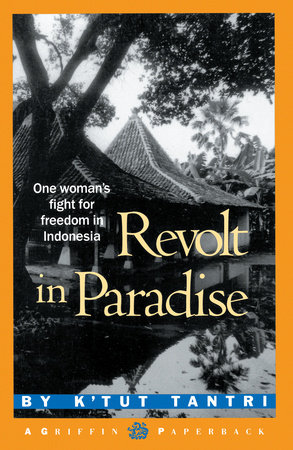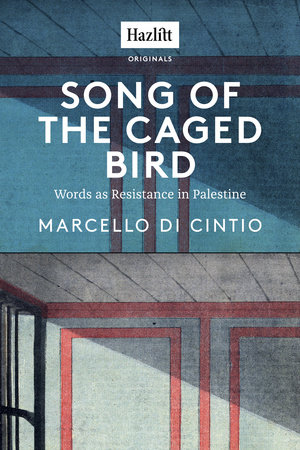Author Q&A
An Interview with Miriam Weinstein
Author of Yiddish: A Nation of Words
Though you have extensive experience in filmmaking and journalism, this is your first book. How did you choose the topic?
In my line of work, I spend a lot of time trolling for stories. We sometimes joke that, if you see one article about a topic it’s a story; if you see two, it’s a trend. About five years ago, within one month the New York Times ran two news stories about Yiddish: first about how scholars were homing in on the roots of the language, and second about people rescuing Yiddish books in Vilna.
I had not thought much about Yiddish in a long time, even though it had been part of my childhood in post-World War II New York. Now I noticed how dramatically the situation had changed; the language and its heritage were being taken seriously, and most of the people who had spoken it were gone. My off-the-cuff idea was to write a frothy little book called Oy Vey; Yiddish is Dead. Then, as I did more research, the topic opened up and revealed an extraordinarily rich and resonant tale.
Can you briefly describe your research/writing process?
Early on, I met with several important people in the field who were generous about pointing me in helpful directions. I found a wonderful on-line community of scholars and enthusiasts, and went to Yiddish conferences and festivals. Mostly, though, I worked my way through the Yiddish sections in the Brandeis and Harvard libraries. Because I have almost no formal Jewish education (my childhood storefront Yiddish school tenure did not last very long; my college major was painting) I had a lot of catching up to do. This approach had many benefits; I had few preconceptions and no scholastic allegiances. And as a reporter I have learned not to be afraid to ask really basic questions. I did, however, keep in touch with experts.
In what ways is this book unique among other books about Yiddish that have been written, and why was it a story that you felt needed to be told?
I was amazed at how little has been written about Yiddish. This lack is even part of the story. There are a few scholarly books. The only general audience book is the 30-year-old Joys of Yiddish, which describes Yiddish phrases and includes Yiddish jokes. There is no book that takes on the language as a player in history, that tells the biography of the language.
This story is unique-a language holding a people together, linking it to its past and then giving it a springboard to its future. It is full of strange and wonderful characters. And it lends itself to an appealing style: history leavened with jokes.
The story you tell will obviously be of particular interest to Jewish readers. The promotional copy for your book says, "This book requires no previous knowledge of Yiddish or of Jewish history – just a curious mind and an open heart." In other words, you hope to reach a broad general audience. What are some elements of the history of Yiddish, and your approach to telling it, which make it appealing to a general readership?
This is a story filled with drama. It begins with a people exiled, their spiritual center destroyed. They walk for thousands of miles, through hundreds of years, and manage to maintain and update their core identity. They invent new ways of speech that reflect both their old legacy and their new home. The Yiddish language they develop contains the echoes of their past; it leads them into and out of their theology and ritual, yet it is, in style and outlook, totally down-to-earth.
The Yiddish worldview stems from an awareness of human frailty. Yiddish-speakers are masters at using humor and indirection to sidestep their lack of worldly influence and power. Yiddish shows how to live fully and richly in an alien culture where your belief system and community organization are constantly under siege. It is a brave denial of everyday reality even while reveling in the mundane world.
As to my approach: as much as possible, I recounted history through character and story. The Yiddish language is my central player; I treated this as biography. I also made a point of starting from zero, as if the reader knew absolutely nothing about Jews. I think it’s a helpful strategy, even for people with some knowledge or background, because I cover a lot of time and territory.
Is the history of Yiddish inherently intertwined with Jewish history and Jewish culture? If so, why do you think this aspect has been talked about so little?
As Aaron Lansky, the MacArthur genius award recipient and Yiddish book rescuer says, you can’t understand the past thousand years of Jewish history without knowing Yiddish. However, because it is both the product and expression of diaspora Jewish life, Jews have felt deeply ambivalent about the language. Although it elicits great sentiment, it is often denigrated. It is not Holy Hebrew; it is only the language of the everyday, of women, of home. Yiddish is a bit like the Jews themselves, removed from the formal centers of power. It is only as Jews have advanced in status and security that they have been able to begin to appreciate this language that has been critical to their history.
Who is your favorite person that you discovered while you were doing the research for this book and why?
Actually, I have two favorites. Emmanuel Ringelblum was a linguist and historian who worked in a Jewish social service agency in inter-war Poland. Although he could have left when World War II broke out, he chose to remain. In the Warsaw Ghetto, he formed an underground organization that chronicled events using the highest possible journalistic standards. This group saw Yiddish as being essential to its tasks of maintaining community identity and bearing witness.
Abraham Sutzkever was a Yiddish poet who began writing poems about nature and love in early 20th century Poland. Swept up in the nightmare of the Second World War, he went on to write about the murder of his mother and infant daughter, and become a forest partisan. Late in the war, when the Soviets realized his propaganda value, they sent a special plane to carry him to Moscow for a hero’s welcome. Then it was back to Vilna, where he had to rescue, for a second time, centuries’ worth of Yiddish literary, artistic, and religious treasures that were about to be destroyed. After the war he emigrated to Israel where he founded a Yiddish literary magazine that he ran for four decades. Throughout, he wrote Yiddish poems of haunting beauty.
What was the most intriguing fact that you discovered in researching this book, and why?
It is estimated that only one half of one percent of all Yiddish books have been translated into English. This gives some hint of the extraordinary richness of this language and culture, and helps us understand that only the tiniest fraction is known to a wider audience.
Was Yiddish a part of your growing-up experience? What was your attitude toward it then and how, if at all, does it differ now?
When I was growing up, Yiddish was wallpaper. Virtually all the grandparent-age people spoke it (some did not speak English), and most parents were fluent in Yiddish. But they were also deeply ambivalent. My parents were atypical; they were part of the three or four percent of American Jewish families who sent their children, at least briefly, to a store-front after-school Yiddish program. Although I was proud of being able to read my grandfather’s Yiddish newspaper and enjoyed the music on the Yiddish radio station, I remember it being an easy target for caricature. A kid could always get a laugh by affecting a Yiddish accent.
As I grew up, Yiddish faded from my life. I am embarrassed to admit that when it began to look like this might be a good book topic for me, my first response was disappointment. With all the different things I had done, writing about Yiddish felt like a comedown. Now that I have learned more about it, I am in awe of the achievement of Yiddish. I feel sad about what was lost, but proud of what did, or does, exist. I also feel it is critical for Jews to reclaim this overlooked part of their history.
One of my favorite quotes in the book is from a man who was asked why he chose to learn a dying language: "’Here,’ we will say, handing our children a photograph, ‘you never knew her, but she was beautiful, and we loved her very much.’"
What is the significance of the subtitle of the book, "A Nation of Words"?
Yiddish was a language with a purpose. For a people without a country, it took the place of national institutions. Words had to fill in where courts, governments, armies, and universities did not exist. Yiddish was the secret handshake, the golden key that kept Jews linked to each other and their traditions while keeping them separate from their neighbors. It was the expression of an alternate reality, allowing Jews to live in a country of their own minds.
Have you begun researching a topic for a new book and are you willing to talk about it at this stage?
I have returned to a novel I started before writing this book. My research for a new nonfiction topic is at a very early stage.
